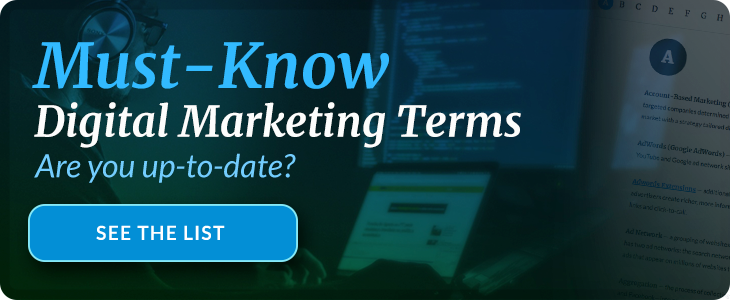
How to Use Account-Based Marketing To Flip Your Sales Funnel

Ah, the lead generation — or sales — funnel. Chances are, if you’re reading this you’re pretty familiar with it. The normal sales funnel starts with leads at the top and narrows to prospects, then opportunities and finally customers.
While this approach may have some success in the B2C arena, many B2B marketers are finding that the traditional use of the sales funnel isn’t getting the job done. That’s where flipping the funnel, or account-based marketing, comes in.
Account-based Marketing: The Basics
While it might seem overwhelming, flipping the sales funnel actually focuses on account-based marketing programs. That means instead of focusing your marketing efforts on a variety of industries or individuals, you narrow that focus and instead treat an individual company or customer as its own market. In simpler terms, you’re focusing your marketing on one prospective or existing account at a time.
Because the B2B sales cycle is longer and more complicated, account-based marketing allows you to connect with each of the decision makers you’re likely to encounter.
Sam Balter, HubSpot’s corporate marketing manager, describes it this way: “[It helps you] address the needs of [an] organization by connecting with all of the stakeholders within it. That's one reason why it works so well in B2B—oftentimes you have to work with five or more stakeholders in a given sale.”
Getting Started with Account-Based Marketing
Find your target. This piece of advice speaks for itself. Since you’re narrowing your marketing focus, you need to figure out what companies you’re going to target with your efforts. While this step sounds similar to what you’d do when creating buyer personas, it’s not the same. This time, you’re focusing on companies or organizations, not people (there will be time for that later).
Your sales and marketing teams should work together to establish their ideal customer profiles. Use data collected from both departments to establish your:
- Ideal industry
- Ideal company size
- That company’s buying cycle
- Who is involved in the buying cycle
You’ll also want to establish annual revenue, market influence and likelihood of repeat purchase.
Research, Research, Research
Just like you would do when creating individual buyer personas, you’ll want to thoroughly research your target companies. (Think of it as creating company-level personas.)
Check your in-house information first to see if anyone researched companies before you began account-based marketing. Other resources like LinkedIn can also be helpful for determining company structure and key stakeholders.
Add To Your Contacts
You’ve established your target companies; now you need to discover key stakeholders. Account-based marketing company Terminus recommends that once you’ve added key stakeholders, you go a step further and look for those who would use your product or service. It may seem odd to add contacts when you’re used to the traditional funnel way of reducing a prospect through qualification stages, but remember: With account-based marketing, you’re flipping the funnel, so you’ll be expanding instead of reducing.
Create Targeted Content
While you’re likely used to creating content that speaks to a specific pain point of a persona you’re targeting, with account-based marketing you want to also target the pain points of the company itself, or the one deal you want to make within the organization.
Consider this example from InsightSquared, a sales analytics company:
InsightSquared had a webinar coming up, but instead of marketing it the traditional way, the company bought 248 copies of the presenter’s book, had the author write a note inside with a URL to register for the event and sent the books to their targets.
When the day of the event arrived, only six people attended. Sounds like a complete failure, right? Turns out, it was anything but. That campaign was one of the company’s most effective when it came to completed sales deals, thanks to account-based marketing.
The Content Marketing Institute theorizes that account-based marketing and content marketing can — and should — be friends. That’s because focusing on super-customized pain points and needs will result in the need for more, original, customized content pieces.
Your content, however, can go beyond standard written pieces. In another InsightSquared example, the company sent company-branded energy drinks to five accounts selected by the sales team. The drinks had the message: “Fuel your sales team for a monster Q4.” The results? The company found those who had received the drinks were 30 to 40 percent more likely to buy from them than those who didn’t get a drink.
Engage
Remember when it felt a little weird to be homing in on something in the funnel where you would usually be expanding? The “engage” stage near the end of the flipped funnel is where you’ll start expanding. You’ll want to choose the channels you want to use to engage your prospects. But don’t just stick to traditional ones like email. Think of as many as possible like targeted advertising, video, whitepapers, events and more.
Doing this step near the end and identifying your prospects first lets you better tailor your approach.
While flipping your organization’s sales funnel can seem overwhelming and require a lot of initial investment in terms of work, the potential ROI can be stronger. You’ll end up with closely aligned marketing and sales teams and the potential to close more deals.





